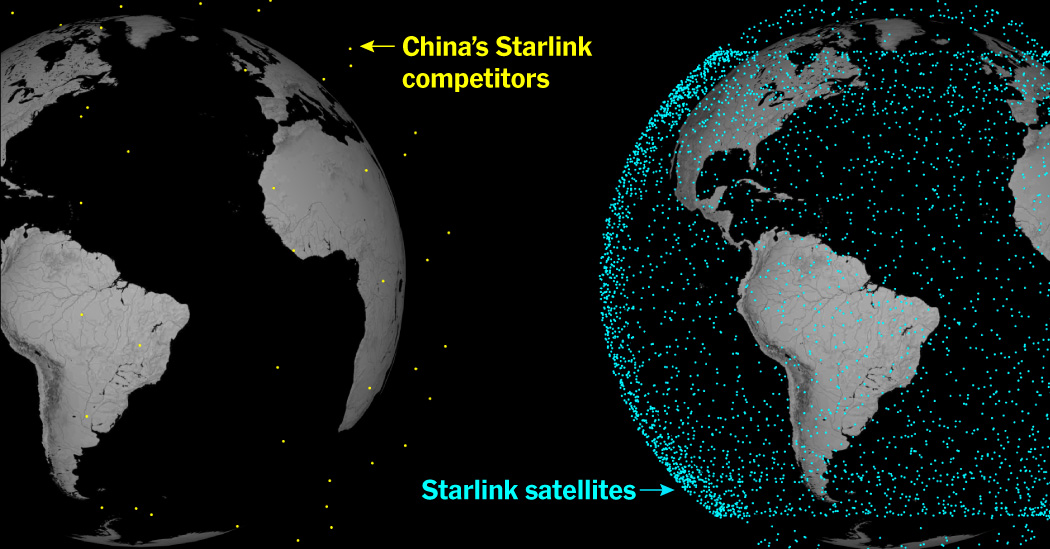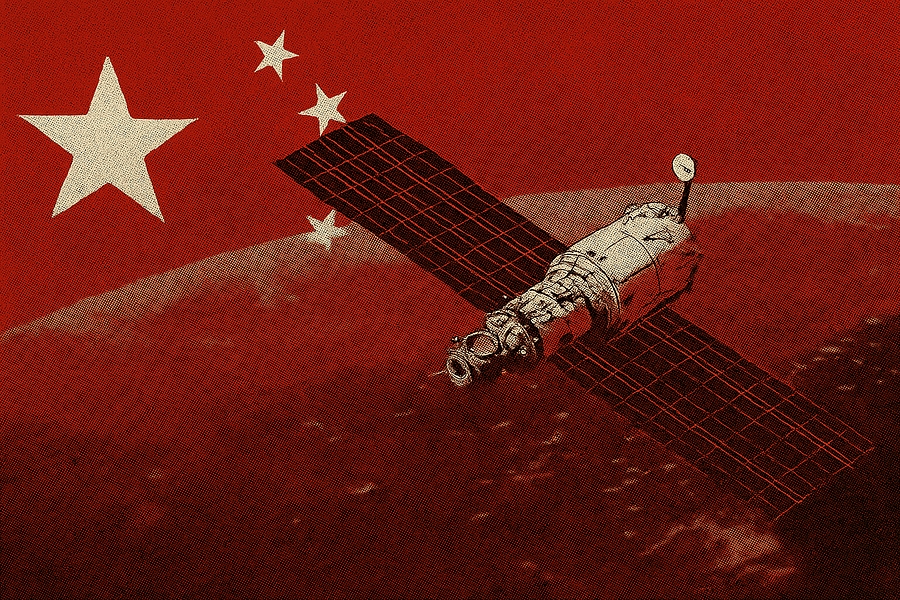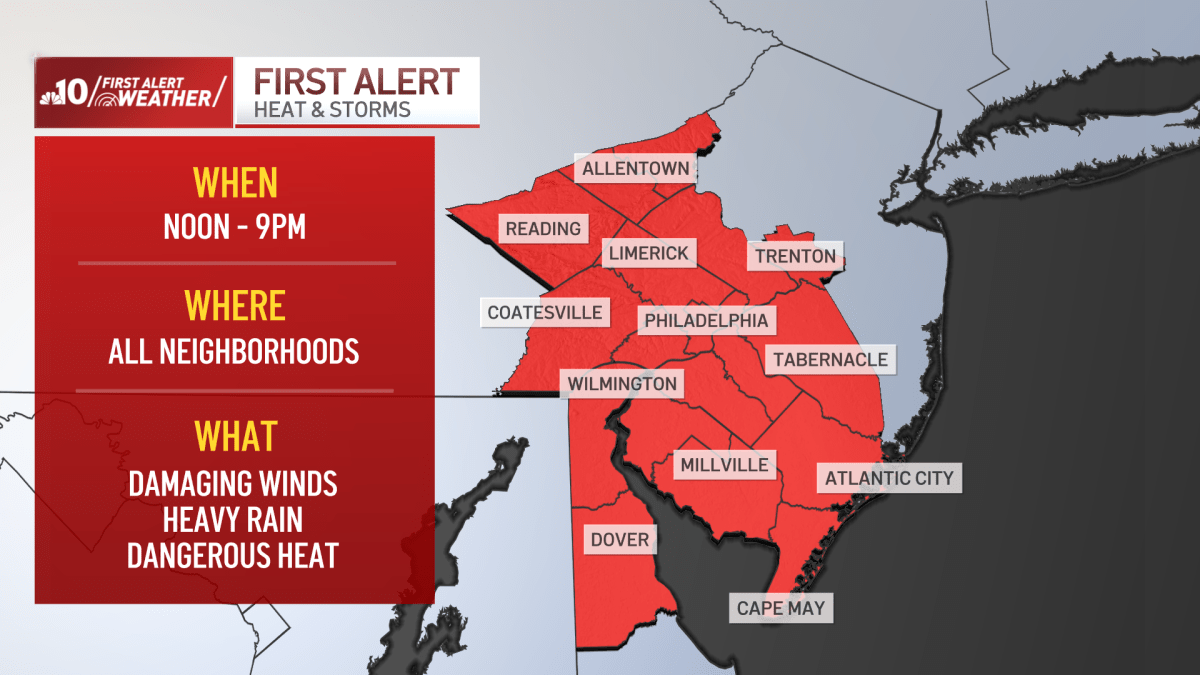Geopolitics And Technology: Understanding China's Lag Behind Starlink

Welcome to your ultimate source for breaking news, trending updates, and in-depth stories from around the world. Whether it's politics, technology, entertainment, sports, or lifestyle, we bring you real-time updates that keep you informed and ahead of the curve.
Our team works tirelessly to ensure you never miss a moment. From the latest developments in global events to the most talked-about topics on social media, our news platform is designed to deliver accurate and timely information, all in one place.
Stay in the know and join thousands of readers who trust us for reliable, up-to-date content. Explore our expertly curated articles and dive deeper into the stories that matter to you. Visit Best Website now and be part of the conversation. Don't miss out on the headlines that shape our world!
Table of Contents
Geopolitics and Technology: Understanding China's Lag Behind Starlink
China, a global leader in many technological sectors, surprisingly finds itself lagging behind SpaceX's Starlink in the burgeoning low-earth orbit (LEO) satellite internet constellation race. This isn't simply a technological shortfall; it's a complex issue deeply intertwined with geopolitics, regulatory hurdles, and strategic priorities. Understanding this gap reveals crucial insights into the evolving dynamics of global technological competition.
The Starlink Advantage: Speed and Scale
SpaceX's Starlink has achieved remarkable speed in deploying its constellation. Thousands of satellites are already operational, providing broadband internet access to users across the globe. This rapid deployment is a testament to SpaceX's innovative approach, streamlined regulatory processes (primarily in the US), and substantial private investment. The result? A readily available, albeit sometimes expensive, global internet service reaching even remote areas previously unconnected. This widespread availability is a significant geopolitical advantage, impacting everything from military communications to civilian connectivity.
China's Challenges: A Multifaceted Problem
China's efforts in LEO satellite internet, while ambitious, face significant hurdles:
-
Regulatory Complexity: China's stringent regulatory environment, while ensuring national security, can slow down the approval and launch processes for satellite constellations. The intricate web of approvals needed for each satellite launch presents a significant bottleneck compared to the more streamlined processes in the US and other countries.
-
Technological Hurdles: While China possesses advanced space technology, the sheer scale and speed of Starlink's deployment highlight a gap in certain areas, particularly in cost-effective satellite manufacturing and rapid deployment strategies. Mastering the complexities of a massive LEO constellation requires substantial logistical and engineering prowess.
-
Geopolitical Considerations: The potential for satellite internet to be utilized for military purposes adds another layer of complexity. China’s cautious approach might stem from concerns about potential security vulnerabilities and the need for complete control over its own space-based infrastructure. This contrasts with SpaceX's more commercially driven approach.
-
Funding and Investment: While China invests heavily in space exploration, the funding model differs significantly from SpaceX's private investment structure. Securing and allocating sufficient funds for a large-scale project like a global satellite internet constellation can be a complex bureaucratic process.
Beyond Starlink: A Broader Technological Landscape
China's lag in LEO satellite internet shouldn't be interpreted as a complete failure. The country continues to make significant strides in other space technologies. Its ambitious lunar exploration program and advancements in satellite navigation systems (like BeiDou) demonstrate considerable technological prowess. However, the Starlink example underscores the importance of agile development, streamlined regulation, and private sector investment in achieving rapid technological dominance in a highly competitive global market.
The Future of Space-Based Internet
The competition between China and other nations, including the US, in developing LEO satellite constellations is a key indicator of future technological and geopolitical power. The race is far from over. China's ongoing investments and technological advancements suggest a determined effort to catch up. The coming years will be crucial in determining the global landscape of space-based internet access and its implications for national security and global connectivity. This competition will likely drive innovation and accelerate the development of more sophisticated and affordable satellite technologies, ultimately benefiting users worldwide.
Call to Action: Stay informed about the evolving space race by following reputable news sources and industry analysts. The future of global connectivity is being written in the heavens.

Thank you for visiting our website, your trusted source for the latest updates and in-depth coverage on Geopolitics And Technology: Understanding China's Lag Behind Starlink. We're committed to keeping you informed with timely and accurate information to meet your curiosity and needs.
If you have any questions, suggestions, or feedback, we'd love to hear from you. Your insights are valuable to us and help us improve to serve you better. Feel free to reach out through our contact page.
Don't forget to bookmark our website and check back regularly for the latest headlines and trending topics. See you next time, and thank you for being part of our growing community!
Featured Posts
-
 Chicago Weather Alert 110 F Heat Index Today Severe Thunderstorms Likely Tonight
Jul 25, 2025
Chicago Weather Alert 110 F Heat Index Today Severe Thunderstorms Likely Tonight
Jul 25, 2025 -
 Chinas Ambitious Satellite Megaconstellation 15 000 Satellites By 2030 Faces Challenges
Jul 25, 2025
Chinas Ambitious Satellite Megaconstellation 15 000 Satellites By 2030 Faces Challenges
Jul 25, 2025 -
 Severe Weather Alert Damaging Winds And Storms To Hit Illinois After Heatwave
Jul 25, 2025
Severe Weather Alert Damaging Winds And Storms To Hit Illinois After Heatwave
Jul 25, 2025 -
 Key Epstein Documents Remain Under Seal Following Florida Judges Ruling
Jul 25, 2025
Key Epstein Documents Remain Under Seal Following Florida Judges Ruling
Jul 25, 2025 -
 Gaza Famine Warning Un Aid Chief Sounds Alarm
Jul 25, 2025
Gaza Famine Warning Un Aid Chief Sounds Alarm
Jul 25, 2025
Latest Posts
-
 Anthony Ruggiero Selected For Fcbl All Star Game
Jul 26, 2025
Anthony Ruggiero Selected For Fcbl All Star Game
Jul 26, 2025 -
 Wwes La Knight Problem Creative Mismanagement Or Strategic Choice
Jul 26, 2025
Wwes La Knight Problem Creative Mismanagement Or Strategic Choice
Jul 26, 2025 -
 Philadelphia Region Under Severe Weather Watch Heat Storms And Live Updates
Jul 26, 2025
Philadelphia Region Under Severe Weather Watch Heat Storms And Live Updates
Jul 26, 2025 -
 Eastern Massachusetts Hit By Severe Thunderstorms Trees Down Wires Downed
Jul 26, 2025
Eastern Massachusetts Hit By Severe Thunderstorms Trees Down Wires Downed
Jul 26, 2025 -
 Confirmed Anne Burrell Died By Suicide Investigation Concludes
Jul 26, 2025
Confirmed Anne Burrell Died By Suicide Investigation Concludes
Jul 26, 2025
